#VR game
Explore tagged Tumblr posts
Text
A new VR game was released that’s similar to Pokemon but you catch and team up with cartoon characters instead. The starters you pick from were Amethyst, Pearl, and Garnet from Steven Universe.
#dream#text#December 28th 2023#vr game#game#gaming#pokemon#vr#cartoon#amethyst#pearl#garnet#steven universe#queueueueueueueueueueueueueue
396 notes
·
View notes
Text
Found this when updating some VR stuff


Amid Evil, some VR game. i haven't played it, but the logo struck me.
So may VR games so few that let you grab peeps and do things with them. X3
17 notes
·
View notes
Text
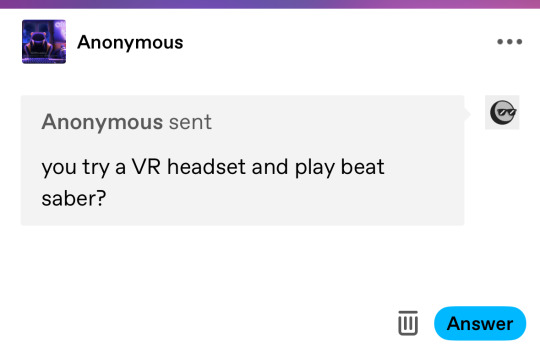

song playing 2 phut hon
#ask megumi mystic gamer pony#ask answered#vr headset#vr game#beat saber#playing video game#alicorn#megumi mystic#mlp art#mlp ask blog#mlp ask oc#mlp fim#mlp oc
10 notes
·
View notes
Text
Interested in a spicy VR Game Isekai?
check out Immortal Nox!
#writing#writeblr#writers on tumblr#books#books and reading#immortal nox#romance#romance books#vr game#isekai#fantasty#spicy#cat girl#elves
7 notes
·
View notes
Text
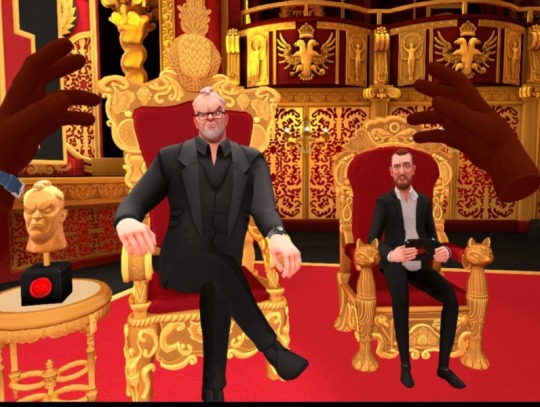
Ha! Look how tiny Alex looks!!!
63 notes
·
View notes
Text

Moss fanart- new vr meta game
Since I’ve been trying to figure out vr for the gmod vrmod and therefore learning how my vr headset works I thought I’d give this game a try as someone had recommended it to me as a good game in the meta player game genre.
Hope you like it, I’m actually pretty happy with how Quill turned out as I don’t draw animals a lot.
#alice player#fanart#meta narratives#digital artwork#digital art#the player#meta game player#moss game#moss quill#moss the reader#moss fanart#vr game
15 notes
·
View notes
Text
FINALLY. IM FINALLY DONE. hehe pokes you guys through the screen
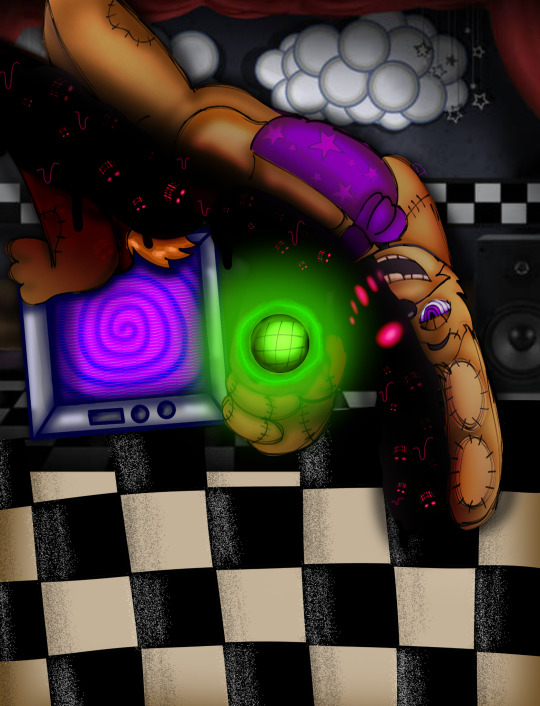
#art#digital art#fnaf art#video games#fnaf#fnaf fanart#fnaf glitchtrap#glitch#glitchtrap#help wanted fnaf#help wanted 2#this took way too long#worth it#i think#glitchtrap is so me#fnaf glitchtrap art#4th wall break#vr#vr game#my art#my artwork#Spotify
28 notes
·
View notes
Text




Robert Wilson Doodles (Wilson’s Heart)
9 notes
·
View notes
Text
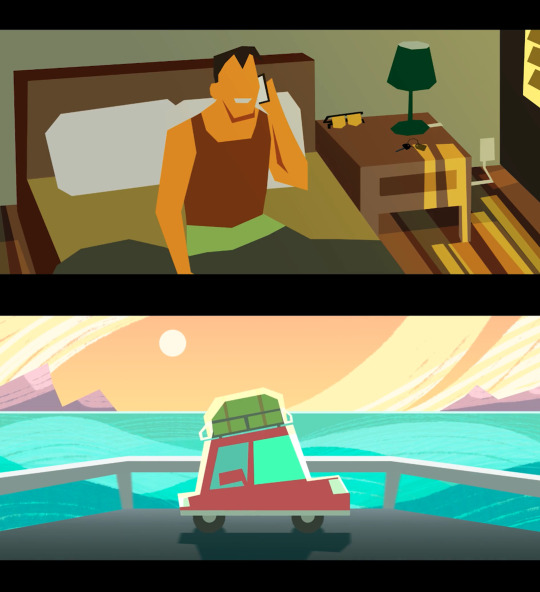
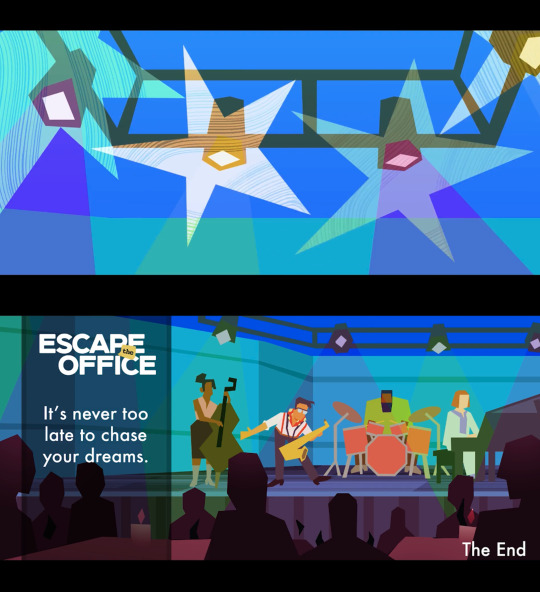
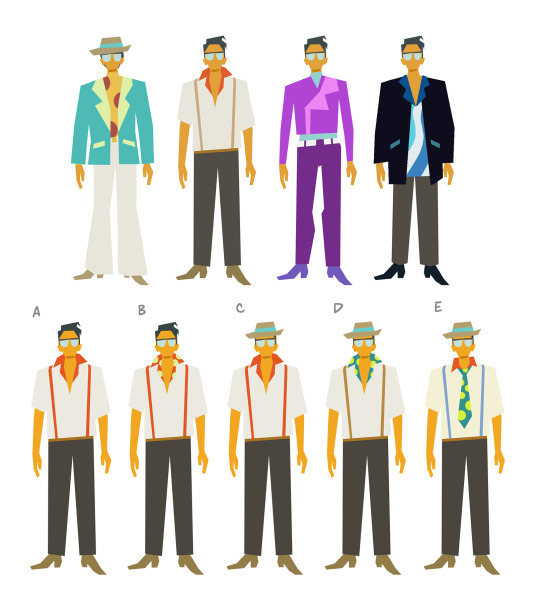
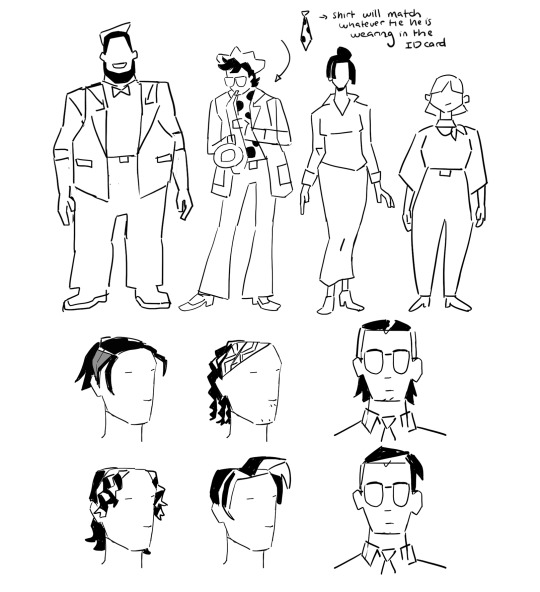
Some designs I did for the credits sequence of "Escape the Office VR" - a game a collaborated on for the P1 Game Jam. The game is now available for download on Itch.io, Steam, and Side Quest. Please check it out!
Image description in alt text.
#digital art#character design#escape the office#escape the office vr#vr#vr game#visual development#visdev#concept art#video game#credits
4 notes
·
View notes
Text


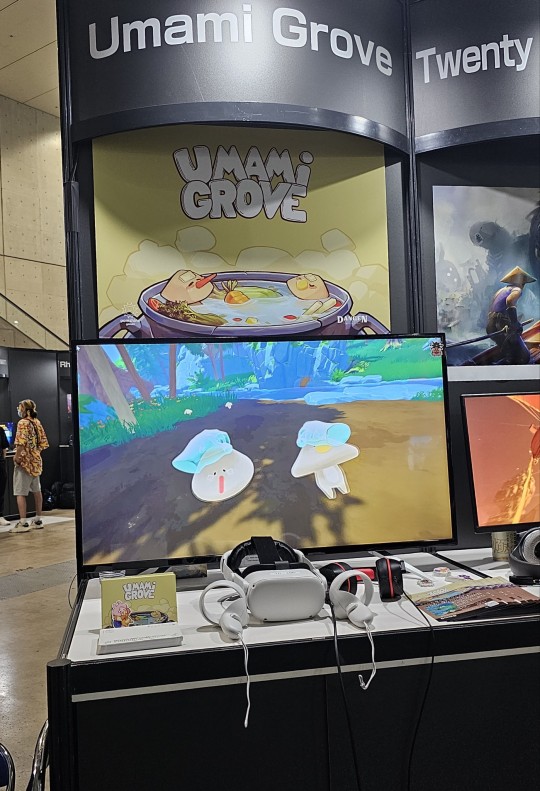
Our booth for the Tokyo Game Show!!
28 notes
·
View notes
Text
livestream for Bendy and the ink machine VR
at 1:45PM (Central Standard Time)
Come and join the fun :)
#bendy and the ink machine#batim#batim bendy#bendy#bendy vr#bendy and the ink machine vr#vr game#vr#vr horor game#batim mod#bendy and the ink machine mod#youtube live#live stream#livestream
4 notes
·
View notes
Text
instagram
23 notes
·
View notes
Text



While we might not be showing at TooManyGames this year, we wanted to shout out our friends and favorites who have booths that you should visit this weekend!
FF Classic Gaming
Wizard Cats Tank Battle
In the Snow Studio
Dressy Deer
And especially our friends at Studio 217 Games! This is their first year at TMG, so please give them the warmest of welcomes! 🤗 Whether you love bowling in real life or you love Wii bowling, you're going to have a great time trying their VR game! 🎳😎
3 notes
·
View notes
Text
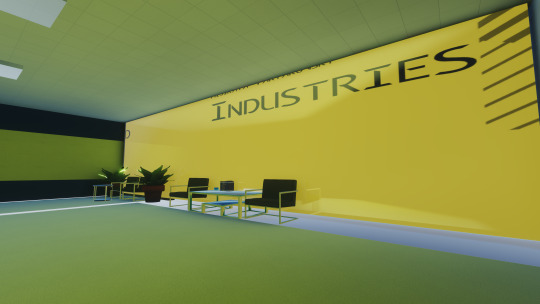
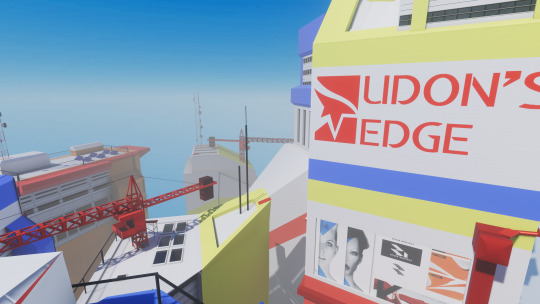
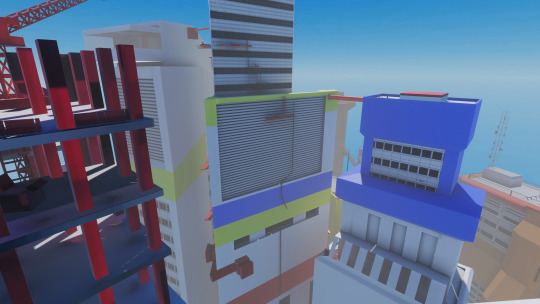
Udon's Edge!
Thank you for all the love you've shown for the fun lil world <3
Released publicly and ready to play. Runners, have fun!
#Made in VRChat#VR Chat#parkour#mirrors edge#virtual reality#VR#game#design#unity#city#free running#catalyst#VR game
30 notes
·
View notes